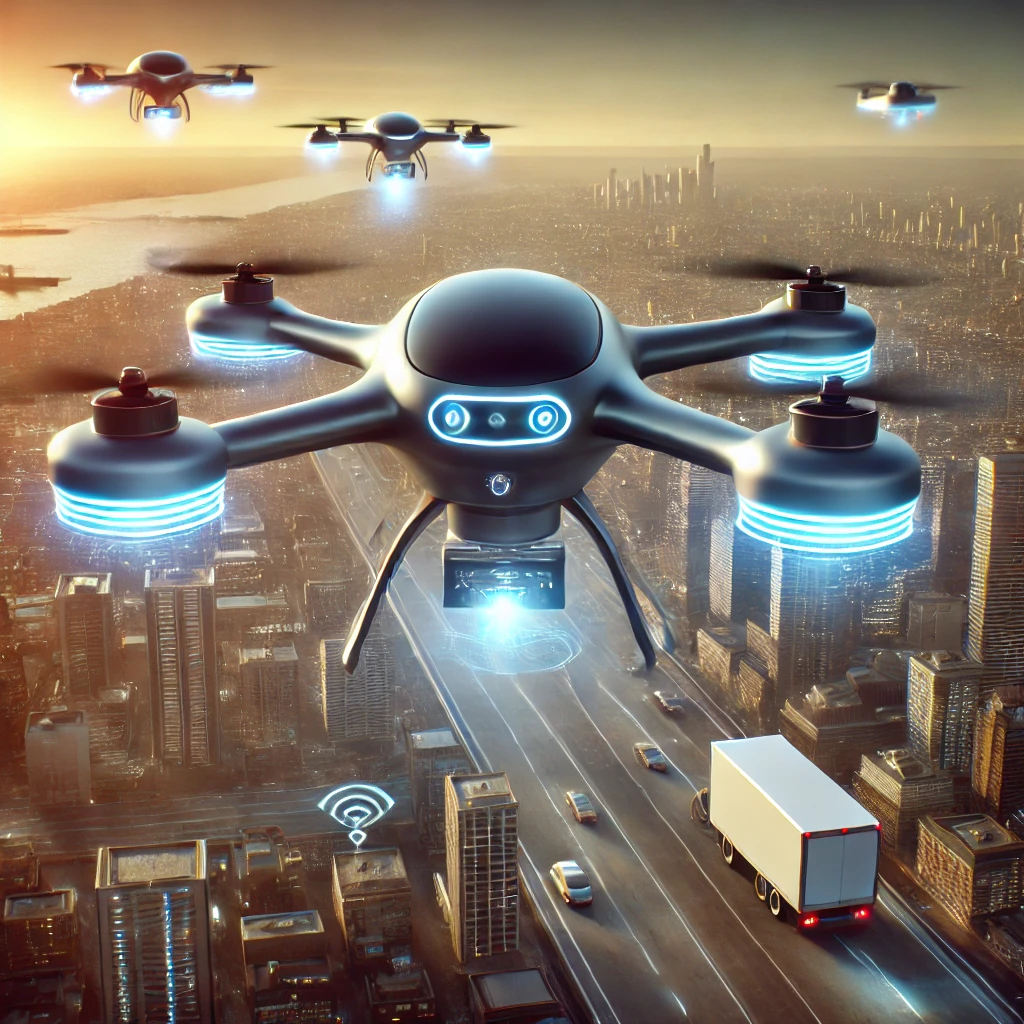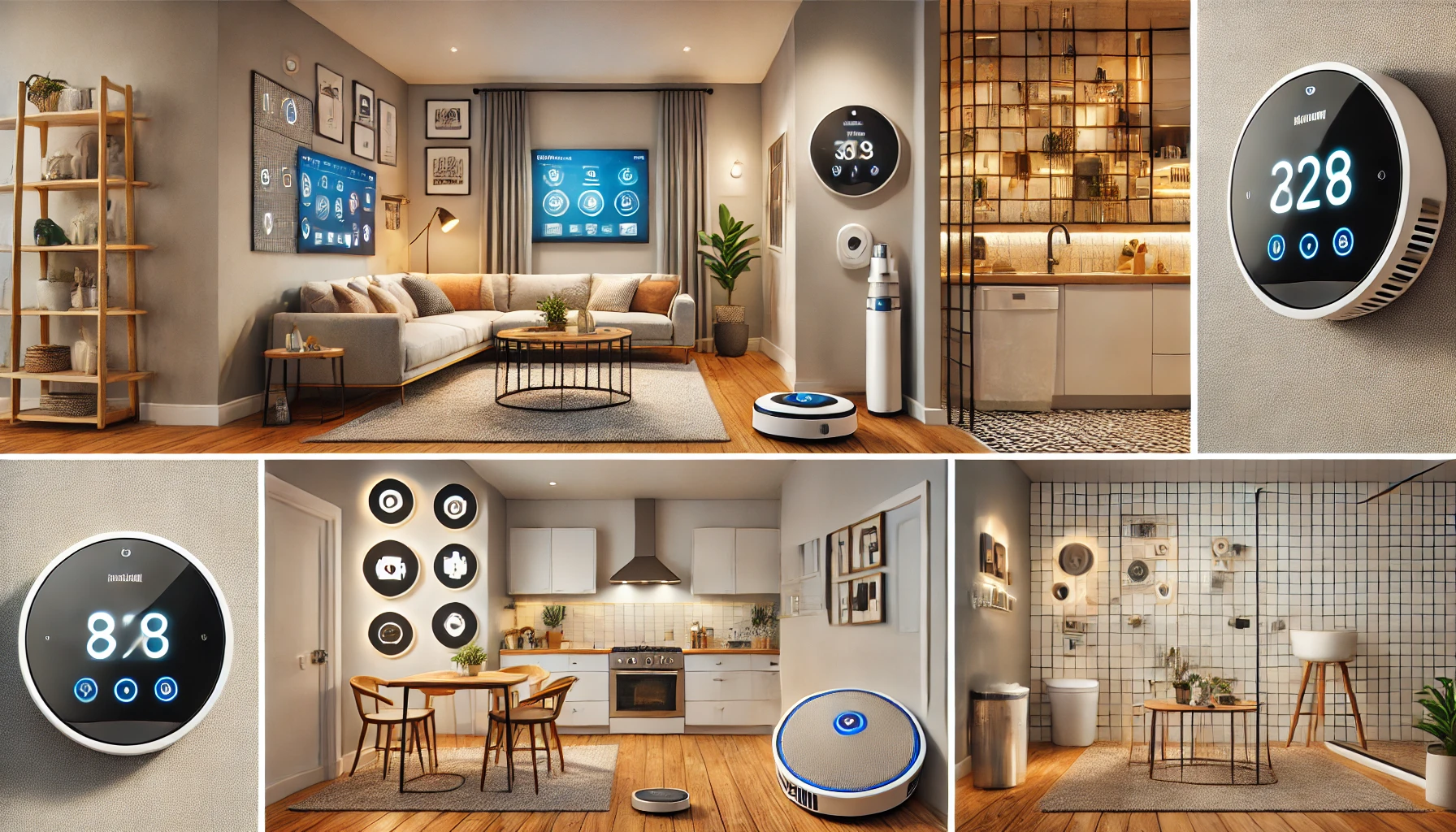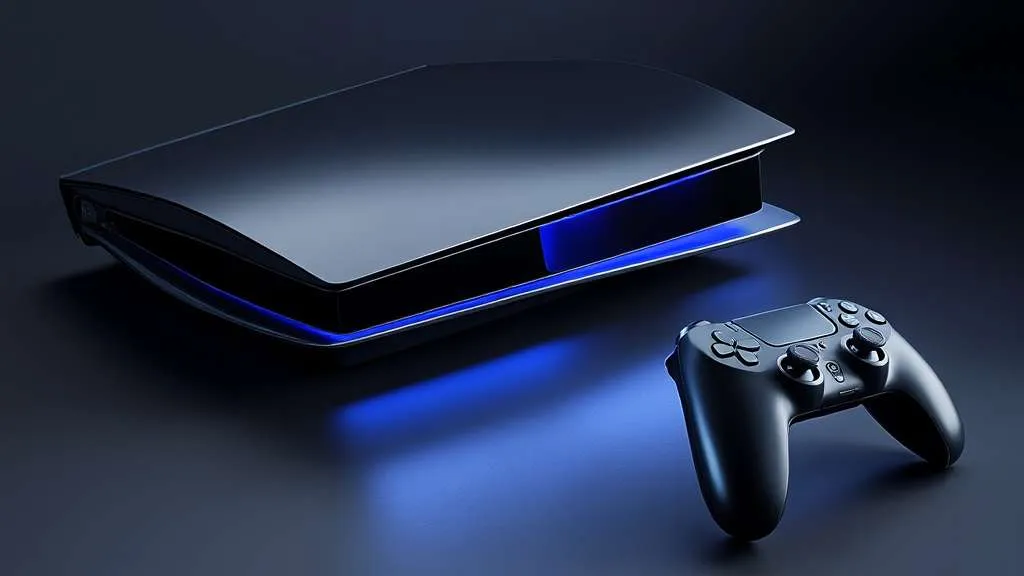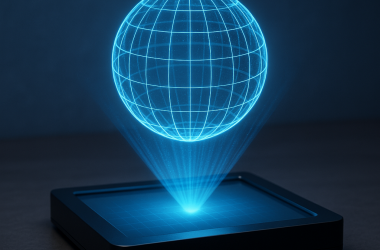Table of Contents Show
Drones have gone from being a military secret to consumer toys, and now they’re revolutionizing industries in ways we never imagined. From delivery services to agriculture, search-and-rescue missions to infrastructure inspections, drones are proving they’re not just gimmicks – they’re the future. But what’s next? Here are ten upcoming innovations that will change drone technology as we know it.
1. Autonomous Swarming Drones
Imagine hundreds of drones working together, communicating in real-time, and accomplishing tasks without human intervention. This is the goal of swarming technology – a system where multiple drones operate collectively, much like a flock of birds or a school of fish. These drones will share information instantly, adjusting their actions based on their environment and each other’s movements.
Industries like military defense, search-and-rescue, and large-scale agricultural monitoring are already exploring swarm technology. The U.S. military, for example, is testing swarm drones for battlefield surveillance, and in agriculture, synchronized drones could scan vast fields and distribute fertilizers autonomously.
2. AI-Powered Navigation & Obstacle Avoidance
Drones today rely on GPS, but future models will use artificial intelligence (AI) and machine learning to navigate even the most complex environments. AI will allow drones to make real-time decisions and avoid unexpected obstacles, such as birds, trees, or other drones, without pre-mapped routes.
Google’s Wing and Amazon’s Prime Air are investing in AI-powered delivery drones that can fly through cities without hitting buildings, power lines, or people. AI will also enable drones to self-correct flight paths, reducing reliance on external controllers or pre-programmed routes.
3. Longer Battery Life & Solar-Powered Drones
Battery life has always been a major limiting factor for drones, but new battery technologies and alternative power sources are on the horizon. Solid-state batteries and hydrogen fuel cells are being tested to provide drones with significantly longer flight times.
Even more exciting is the development of solar-powered drones. Companies like Airbus have developed the Zephyr, a solar-powered drone that can stay airborne for months at a time, acting as a pseudo-satellite for communications, surveillance, or weather monitoring.
This technology will revolutionize delivery services, environmental monitoring, and disaster response, as drones will be able to stay in the air indefinitely without needing constant recharging.
4. 5G & High-Speed Data Transfer
The rollout of 5G networks will dramatically improve how drones communicate, allowing for real-time data sharing with lower latency. This means drones will be able to stream HD video without lag, send large datasets to AI processors in the cloud, and receive real-time control commands with minimal delay.
Applications of 5G-powered drones include:
- Real-time video surveillance in law enforcement and security
- Seamless drone delivery services that require precise tracking
- High-speed disaster response coordination
With 5G, drones will essentially become flying internet hubs, collecting and distributing data faster than ever before.
5. Underwater Drones & Amphibious Capabilities
Drones are taking to the skies, but what about the oceans and rivers? New designs are emerging that can operate both in the air and underwater, seamlessly transitioning between the two environments.
For instance, the Naviator, developed by Rutgers University, can fly through the air and dive into water within seconds. This technology will be game-changing for marine research, naval defense, and underwater inspections of pipelines or shipwrecks.
In the future, we might see autonomous amphibious drones used for environmental monitoring – tracking oceanic pollution or even conducting underwater rescues.
6. Drone Delivery Expansion
Drone delivery has been a buzzword for years, but it’s finally becoming a reality. Major players like Amazon, UPS, and Wing (a subsidiary of Alphabet/Google) are piloting drone delivery services, but regulatory and technical hurdleshave slowed widespread adoption.
Innovations in AI navigation, improved battery life, and urban air traffic control systems will allow drones to navigate densely populated cities, delivering packages quickly and efficiently.
Future advancements might include:
- Temperature-controlled delivery drones for pharmaceuticals and food
- Automated drone charging stations at strategic locations
- Larger payload capabilities, allowing drones to transport heavier goods
7. Drone-Based Public Safety & Emergency Response
Drones are becoming crucial in firefighting, medical emergencies, and disaster relief. The next wave of innovation will include drones equipped with life-saving technology, such as:
- Autonomous defibrillator drones: Drones carrying AEDs (Automated External Defibrillators) could reach cardiac arrest patients faster than ambulances.
- Firefighting drones: Drones with heat-resistant materials and fire-extinguishing payloads will be used to combat wildfires or enter burning buildings.
- Search-and-rescue drones: Equipped with thermal imaging and AI recognition, drones will locate missing persons in record time.
Expect governments and emergency services to increase their adoption of drones for life-saving missions in the coming years.
8. Biodegradable & Self-Destructing Drones
What happens to drones after they crash or are no longer useful? Instead of creating more e-waste, scientists are developing biodegradable drones that decompose naturally.
For example, researchers at Stanford University are working on drones made from mushrooms and natural polymers, which dissolve in the environment after use.
This innovation will be particularly useful for:
- Military and surveillance drones, where stealth and disposal are crucial
- Environmental research drones, ensuring minimal ecological impact
- One-time-use delivery drones, reducing waste in the logistics industry
9. Human-Carrying Drones (Passenger Drones & Air Taxis)
The dream of flying cars is closer than ever, thanks to the rise of passenger drones and air taxis. Companies like EHang, Volocopter, and Joby Aviation are developing autonomous drone taxis that will transport people across cities, reducing traffic congestion.
While regulatory approval is still a hurdle, expect to see pilot programs for urban air mobility in cities like Dubai, Los Angeles, and Singapore within the next few years.
Key innovations include:
- Autonomous pilot systems, reducing human error
- Advanced battery technology, allowing for longer flights
- Air traffic management systems for drone taxis
10. Quantum & Blockchain Security for Drone Networks
With drones being used for sensitive tasks like military operations, banking, and law enforcement, cybersecurity is a growing concern. Future drones will integrate quantum encryption and blockchain technology to prevent hacking and unauthorized access.
Quantum encryption will make drone communications impenetrable, while blockchain will create a decentralized record of all drone flights, ensuring transparency and security.
This is particularly important for:
- Government surveillance drones
- Corporate and industrial security drones
- Data-sensitive drone applications
Conclusion
Drones are no longer just remote-controlled toys – they are transforming industries and reshaping the way we work, travel, and interact with the world. Whether it’s AI-powered navigation, amphibious capabilities, 5G integration, or passenger drone taxis, the next decade of drone technology is set to be revolutionary.
Companies and governments are investing billions into making drones smarter, safer, and more efficient, and we’re just at the beginning of their potential. Expect to see drones in the skies, on the roads, and even in the oceans – changing our world in ways we’re only beginning to imagine.









